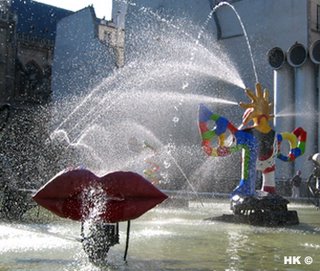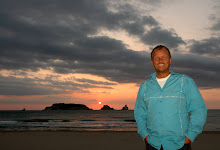GO TO HELL !
Don’t get the wrong idea now. Hell,… Grand Cayman (Cayman Islands) that is… a very small town surrounded by jagged black rock made up of spiky, porous dolomite and limestone worn away by millions of small tropical algae. Hell's intriguing weathered rock formation is over 1.5 million years old and resembles the charred remains of a hell fire.
An abundance of satanic memorabilia at the gift shop was tempting. Hell's own post office was opened in 1962 for tourists who wanted to send postcards from Hell.
And that’s exactly all I did in Hell,.. take a couple pictures of the rocks and send a few funny postcards home postmarked “Hell, Grand Cayman”.
Not many people can literally say “I’ve been to HELL, and back!”







